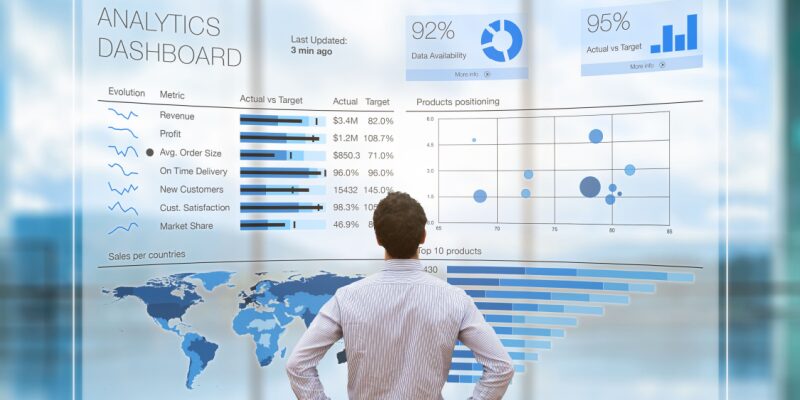Power BI is a powerful business intelligence tool that allows users to transform data into insightful visualizations. At the heart of Power BI's data modeling and analysis capabilities lies the Data Analysis Expressions (DAX) language. DAX is a formula language that enables you to create custom calculations, aggregations, and queries for your data models. In this article, we'll delve into the world of DAX and explore how to master it for effective data analysis in Power BI.
Understanding the Basics of DAXDAX is similar to Excel functions but designed for more complex and scalable data analysis. It operates on tables and columns, allowing you to create calculated columns, measures, and calculated tables. Here are some fundamental concepts you need to grasp:
- Tables: In Power BI, data is organized into tables. These tables can be loaded from external sources or created within Power BI. DAX works with these tables and their relationships.
- Columns: Tables contain columns, which are the attributes or fields of your data. DAX expressions can perform calculations on these columns.
- Calculated Columns: You can create new columns in your tables by defining DAX expressions. These calculated columns store calculated values based on the data in other columns.
- Measures: Measures are calculations that aggregate data. They are used to perform operations like summing, averaging, or counting values. Measures are defined using DAX functions.
DAX provides a wide range of functions that cater to various data analysis needs. Here are some essential DAX functions:
- SUM: Calculates the sum of values in a column.
- AVERAGE: Computes the average of values in a column.
- COUNT: Counts the number of rows in a table or the number of values in a column.
- IF: Performs conditional calculations.
- FILTER: Filters a table or column based on a condition.
- CALCULATE: Modifies the filter context for calculations, allowing for dynamic calculations.
As you become more proficient with DAX, you can explore advanced concepts like time intelligence, custom hierarchies, and handling errors. Time intelligence functions allow you to perform calculations over date and time data effectively. Custom hierarchies enable you to create complex structures for slicing and dicing data. Error handling in DAX is crucial for ensuring robust calculations and maintaining data integrity.
Practical ApplicationsDAX is incredibly versatile and finds applications in various scenarios, such as sales analytics, financial reporting, and inventory management. With DAX, you can create interactive reports and dashboards that provide valuable insights to your organization.
Mastering Data Analysis Expressions (DAX) is essential for unleashing the full potential of Power BI. With DAX, you can transform raw data into meaningful information, enabling data-driven decision-making. As you continue to explore and practice DAX, you'll unlock new possibilities for data analysis and visualization in Power BI, ultimately leading to better business outcomes.
So, roll up your sleeves, dive into DAX, and start cracking the code to become a Power BI data analysis expert!






